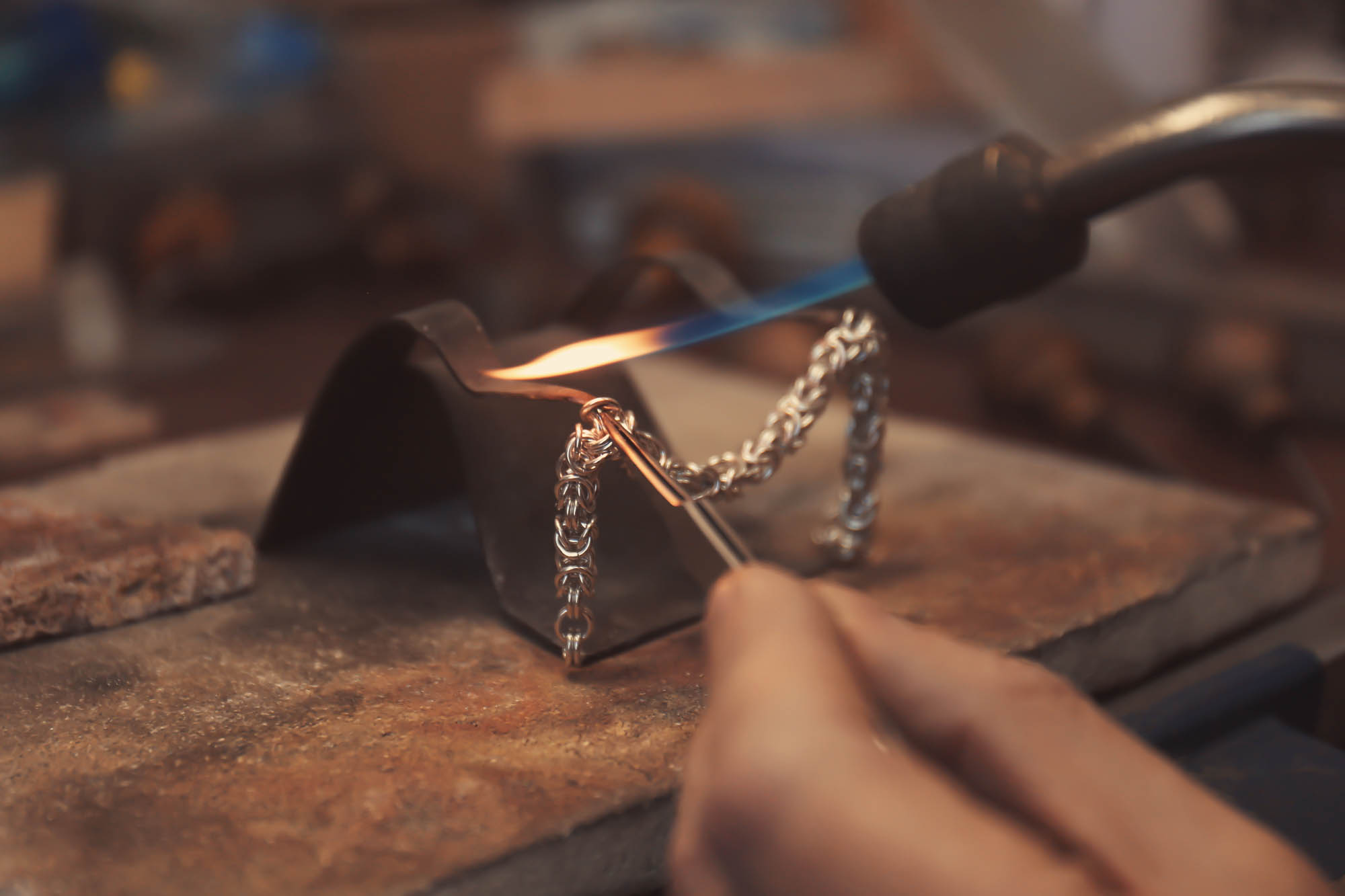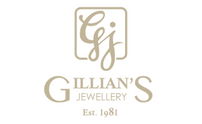- Your cart is empty
- Continue Shopping
Necklace Bracelet Chain Repairs | Jewellery Repairs | Gillian’s Jewellery
- Bracelet, necklace, Services
- Posted on
-
by Gillian's Jewellery
- 0 comments

As an experienced jeweller in Forest Hill, Melbourne Eastern Suburb, I often get asked by customers whether they should repair or replace their broken chains. My answer is always the same: it depends on the type of chain and the sentimental value attached to it.
Why repair chains instead of replacing?
The cost of repairing a broken gold chain is very oftenly cheaper than buying a new one. However, it also depends on the different types of chains as well as the materials they’re made in. For example, if it’s a fine silver chain that’s broken, it might often be more cost-effective to replace it, unless there’s sentimental value attached to it, we might go down the remodelling path.
Common causes of broken chains
When it comes to jewellery, chains are one of the most popular and versatile pieces. They can be used to hold a pendant or charm, or simply as a decorative element. However, like any piece of jewellery, chains can become damaged and require repair. Here are the common causes of broken chains:
Worn-out catch or links
One of the most common reasons for a broken chain is wear and tear. Over time, the links on a chain can become worn out or weakened, making them more susceptible to breaking. This can occur due to frequent use or simply due to the passage of time. Similarly, the catch on a chain can also become worn out and eventually fail, causing the chain to break.
Catching on something
Another common cause of broken chains is catching on something. If a chain catches on clothing or another object, it can become twisted or pulled, causing it to break. This can be especially problematic for longer chains that may get caught on furniture, doorknobs, or other objects.
Fine chain for the pendant
If a chain is too fine for the pendant that it is holding, it can become overstressed and eventually break. This is particularly true for heavier pendants, which can place additional strain on the chain.
Manufacturers’ faulty production
In some cases, the chain may be broken due to a manufacturing defect. This could be due to poor quality materials, shoddy workmanship, or other issues. While this is relatively rare, it can occur with any piece of jewellery.
Hollow chains
Finally, hollow chains are also more prone to breaking due to their delicate construction. Hollow chains are made up of a tube of metal, which can be easily crushed or dented. As a result, they are more likely to break under stress or pressure.
Common types of chains
There are various types of chains used in jewellery, each with its own unique design and construction. Here are some of the most common types of chains:
Figaro Chains
Figaro chains are a type of flat chain that consists of two or three small circular links followed by a longer oval-shaped link. The pattern repeats throughout the chain, giving it a distinctive look.
Curb Chains
Curb chains are made up of oval links that interlock with each other at a ninety-degree angle. They have a flat profile and are commonly used in bracelets and necklaces.
Cable Chains
Cable chains are one of the most common types of chains, made up of individual oval links connected in a pattern that creates a simple and classic look. They are durable and flexible, making them ideal for daily wear.
Belcher Chains
Belcher chains are similar to curb chains, but the links are rounder and thicker. This type of chain is commonly used in women’s jewellery and has a classic, elegant appearance.
Snake Chains
Snake chains are made up of small rings that are tightly woven together to create a flexible, tubular chain. They are delicate and lightweight, making them perfect for lightweight pendants.
Omega Chains
Omega chains are a type of flat chain made up of metal plates woven together in a pattern to create a flexible, tubular chain. They are thick and sturdy and often used with large, heavy pendants.
Solid Rope Chains vs Hollow Rope Chains
Rope chains generally come in two varieties: solid and hollow. Solid rope chains are made of solid metal and are more durable than their hollow counterparts. Hollow rope chains, on the other hand, are lighter and more affordable but are prone to breaking if not handled carefully.
It’s important to understand the different types of chains when it comes to chain repair, as each type requires a different approach or some might be better off replaced than repaired. At Gillian’s Jewellery, our expert jewellers are trained to repair all types of chains, and we can provide advice on the best approach for your particular chain.
Chain Repair Process at Gillian’s Jewellery
At Gillian’s Jewellery, we follow a strict process when repairing chains. First, we inspect the chain’s overall condition to determine whether it’s beyond repair. If the chain is beyond repair, we can still reuse the gold to make something else. If the chain can be fixed, we’ll examine it and advise the customer on the best repair option.
Different chains require different repair processes. Figaro chains, curb chains, cable chains, and Belcher chains are easier to repair because of the gaps between the links, which allows for easy soldering. However, snake chains and omega chains are more challenging to repair because they have no gaps between the links and are less flexible. Soldering these chains can result in a noticeable stiff joint that can weaken other parts of the chain, causing it to break quickly. For solid rope chains, repairs are generally more straightforward than for hollow rope chains.
Here’s how you can repair your broken chains, video link: How to FIX a BROKEN CHAIN NECKLACE ( DIY Jewellery Repair )
Do you have a piece of jewellery with a broken chain?
If you have a piece of jewellery with a broken chain, don’t hesitate to bring it into Gillian’s Jewellery for a consultation. We’ll give you our honest opinion on whether it’s worth repairing and, if so, what the best repair option is. We’re passionate about our craft and take pride in providing our customers with high-quality repairs that will stand the test of time.
Repairing a broken chain is often a cost-effective way to salvage a beloved piece of jewellery. However, it’s essential to consider the type of chain and its sentimental value before deciding whether to repair or replace it. At Gillian’s Jewellery, we’re always here to help you make the best decision for your jewellery.
